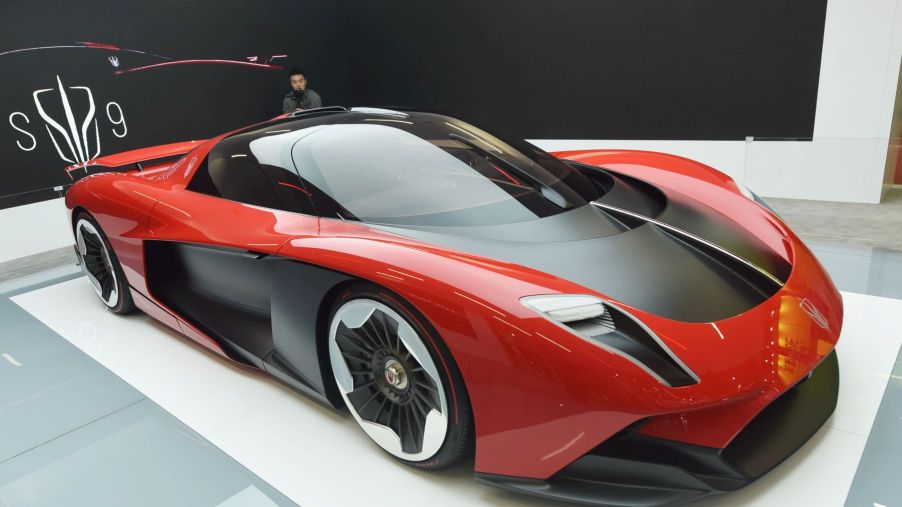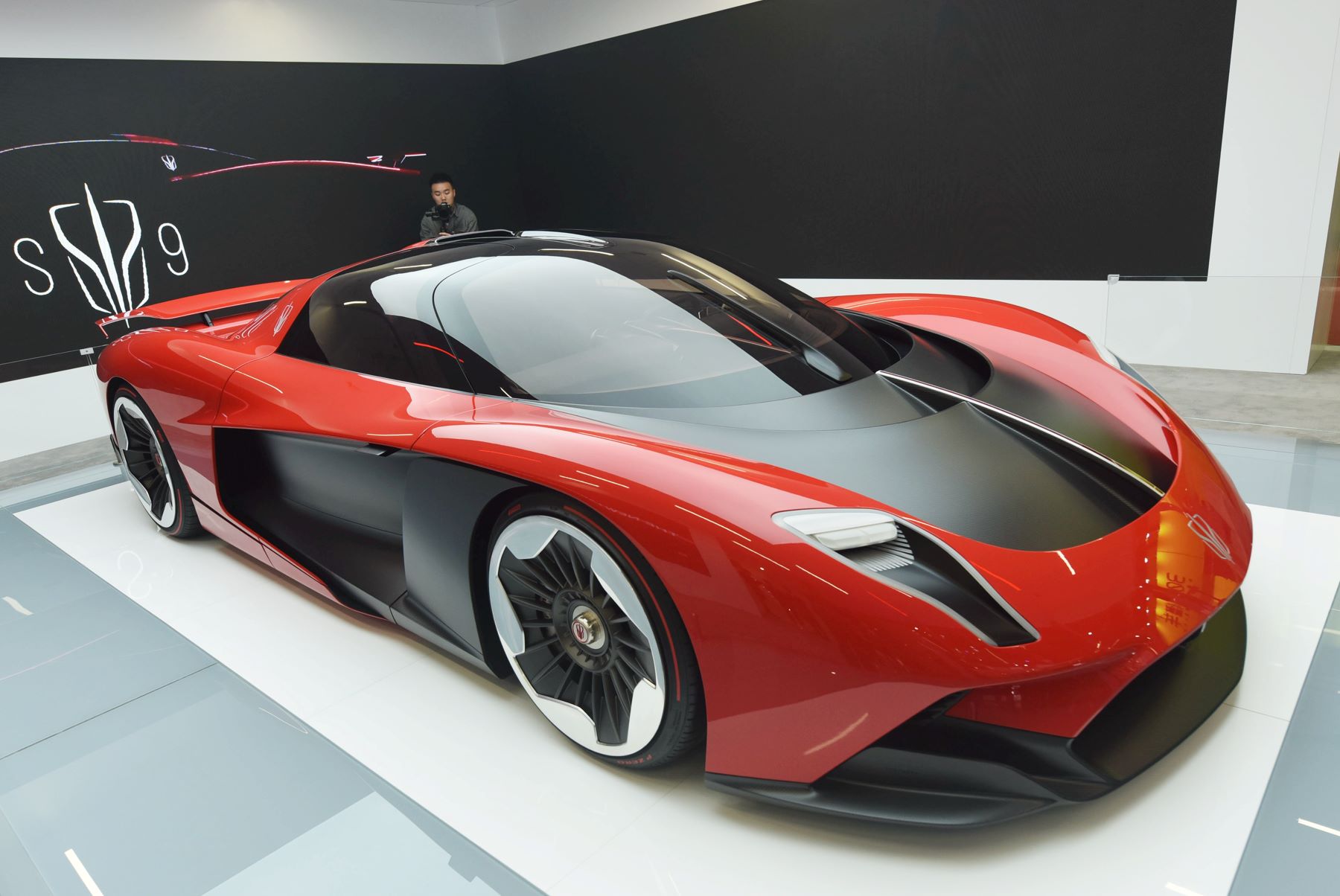
Massive Amounts of Horsepower Makes Cars Faster, but Almost Impossible to Control
When it comes to racing cars, some drivers believe that it’s all about horsepower. This leads to impressively tuned engines, like the 700-hp motor inside the infamous “Cannonball” Mercedes E63 AMG. Like the Porsche 911 Turbo S, some production cars are even powerful enough to compete against drag race vehicles.
However, there’s virtually no situation where a driver needs over 600 horsepower for a daily commute or errand run. In fact, that power often makes some cars more challenging to maneuver and control. CarThrottle talks about a few range-topping models that might be too hot to handle for the average driver.
Is there really such a thing as too much horsepower?

The Ford Mustang EcoBoost and GT are already exciting to drive, but the Shelby GT500 model is far more powerful. The 2021 model features a supercharged V8 that produces 760 horsepower and 625 lb-ft of torque. It’s paired with a seven-speed dual-clutch transmission, plus it comes equipped with high-performance Brembo brakes and racing tires.
According to Edmunds, this Mustang can reach 60 mph in just 3.7 seconds. The braking distance from this speed was also impressive at 103 feet, and a healthy braking speed is a priority for any car. However, as MotorTrend determined, the EcoBoost is less than 2 seconds slower with the performance package. That’s plenty of boost for fun cornering on backroads and saves you thousands of dollars.
The Chevy C7 Z06 is another heavy hitter with 650 horsepower on tap and an equal amount of torque. Despite its added curb weight, it manages to be quicker, making it even more capable around twisty turns. It has a luxurious interior to complement its fantastic performance, but it’s over $10,000 more than the Shelby GT500.
Both the Dodge Charger and Challenger come with a screaming Hellcat engine that produces at least 717 horsepower. The motor inside the SRT Hellcat Redeye trims has been souped up to 797 horsepower, with a top speed of 199 mph. The Challenger SRT Super Stock is the most powerful, producing 807 horsepower and reaching 60 mph in 3.25 seconds.
The Ferrari 488 GTB is also wickedly fast, especially the Pista model. This one hits 60 mph in under 3 seconds, powered by a 710-hp twin-turbo V8 engine. Some electric models are even more powerful, such as the Tesla Model S Plaid. It can reportedly generate 1,020 horsepower and reach 60 mph in less than 2 seconds when under track conditions.
The dangers of too much horsepower
As Jalopnik points out, many sports cars available to consumers are needlessly overpowered. Powerful specs sell a lot of vehicles, but the heightened acceleration is too difficult for most drivers to handle. Sure, they’re fun on the track, but how many days can the average person devote to track time every year? An SUV with around 200 horsepower is still reasonably quick and gets better gas mileage.
With too much power on tap, you may find it difficult to hold back a sports car’s power on crowded roadways. It can also encourage drivers to go too fast, which is both a safety hazard and a ticketable offense. Even worse, it’s likely that an inexperienced driver will lose control of the wheel and cause an accident.
What’s the ideal amount of power and speed for a car?
Horsepower Specs argues that specifications up to 1,000 horsepower could be acceptable on certain cars. There have been situations where vehicles with far less horsepower caused accidents due to poor construction. The problem with supercars isn’t their immense amount of power. Instead, it’s the number of novice drivers that consider themselves aspiring racers.


